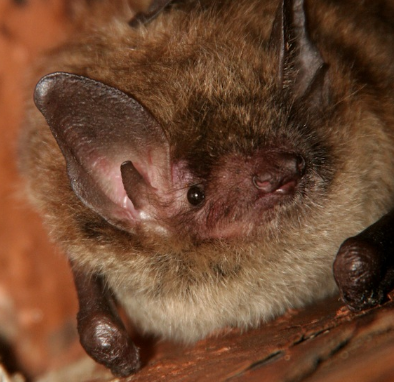Click below to listen to my 2 min. Garden Bite radio show: WNS and bats
Garden Bite WNS and bats 7-6-18
Bats are being threatened and not just by tennis rackets or pots and pans from a freaked out homeowner who catches them indoors!

I talked about this subject a couple of years ago as a disease called White Nose Syndrome, or WNS, made it’s way west to southern Wisconsin and eastern Minnesota.

The fungal disease has killed millions of bats as it’s moved into 33 U.S. states and 5 Canadian provinces. It was first discovered in North America 10 years ago. Little brown bats and northern long-eared bats have been hit hard by WNS.

In fact, the northern long-eared bat is listed as threatened under the federal endangered species act.
University of Minnesota scientist Christine Salomon is working to find a treatment deep in the cold damp shafts of the Soudan Mine near Ely. She’s isolated hundreds of bacteria and fungi from the Soudan mine and from caves in Minnesota. In nature these micro-organisms are always competing for survival. One of the ways they survive is by evolving to inhibit growth or reproduction of other organisms.

Minnesota is home to eight species of bats,as I mentioned, one of which is protected. Two others — the little brown bat and the tri-colored bat — are being considered for protection. These, and two additional species, have varying degrees of state level protection in Minnesota and Wisconsin.
Saving Bats – Wisconsin DNR
White Nose Syndrome and MN bats – MN DNR
So, why do we care about bats? For one thing, they’re mosquito eaters. Some 70 percent of bat species, including all those in Minnesota, are insectivores and consume massive quantities of insect pests. One set of calculations estimates that bats may save Midwestern farmers between $3.7 billion and $5.3 billion a year in avoided pesticide costs. They’re also excellent dispersers of seeds.
And finally, how to keep bats OUT of your home!
And in their OWN home. Build a bat house – National Wildlife Federation
Build a Bat house – Wis DNR
